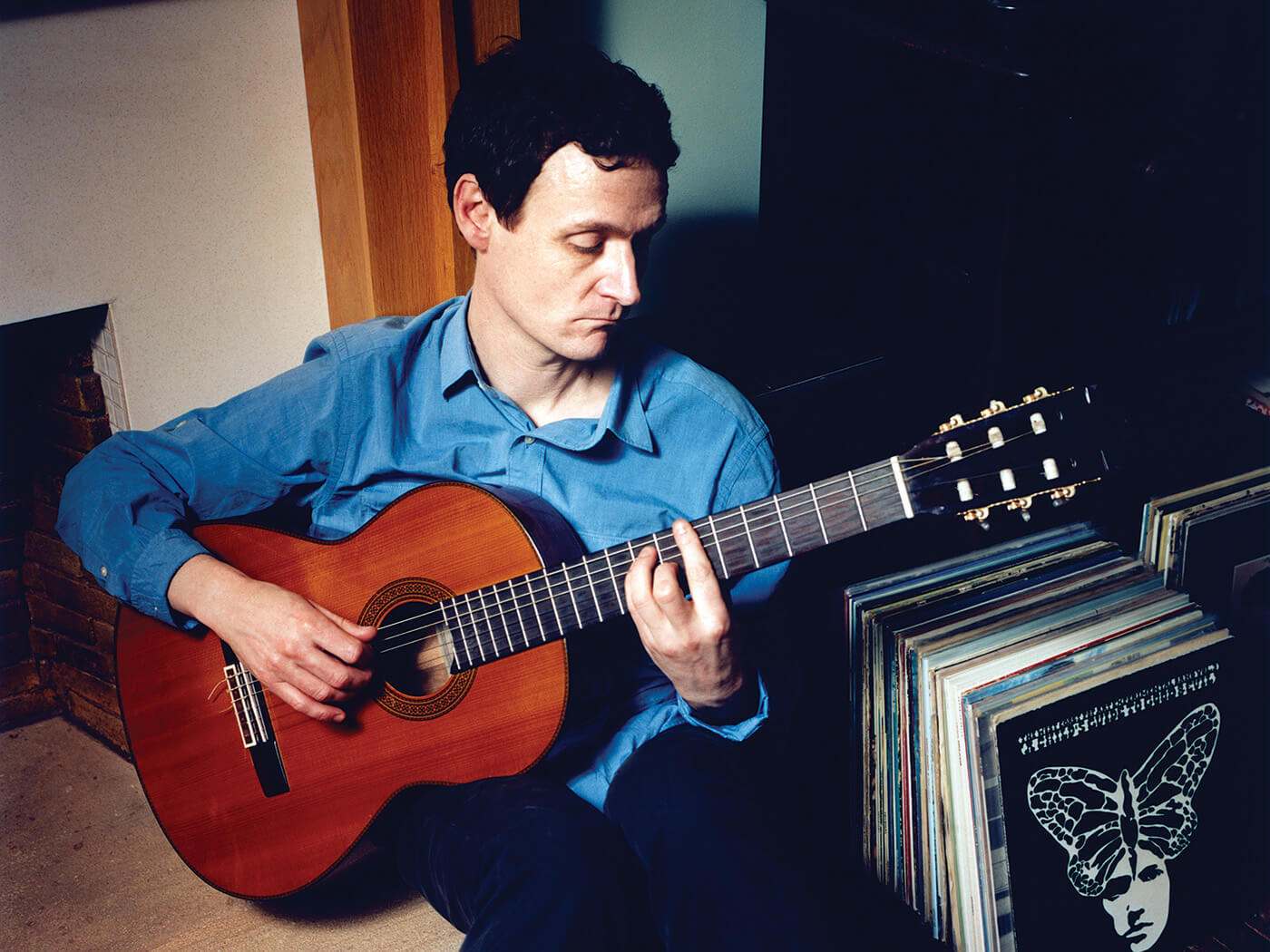Lightships – Electric Cables


When it comes to putting himself forward, Gerard Love is – if not exactly backward – elliptical at least. For his first solo album, released in 2012 on The Pastels’ imprint Geographic, he chose not to issue the music under a recognisable brand. “I wasn’t comfortable with using my name,” he says. “If there was merchandise, somebody walking around with a T-shirt with my name on it would be weird. My name kinda belongs to my parents, it’s not my choice. Also I didn’t want to bring too much attention to myself.”
The other reason for Love’s coyness was that he didn’t want to undermine Teenage Fanclub, for whom he wrote such classics as “Sparky’s Dream” and “Ain’t That Enough”. But at that point the pace of the band had slowed, and when Love was offered an outlet for his extra-curricular urges it wasn’t clear when or whether they would emerge from hibernation.
Now that Love is no longer a member of Teenage Fanclub, having elected not to commit to an international tour in 2019, it’s tempting to see Lightships as the first step to a solo career. That’s misleading in several directions at once. Neither Love, not Teenage Fanclub, have taken a career-oriented approach to their music, and that doesn’t look likely to change any time soon. More pertinently, when he conceived Lightships, Love still saw the Fanclub as his central focus, and even recorded the autumnal Shadows in the middle of laying down Electric Cables.
While Love was in Teenage Fanclub, the group gave the illusion of stability. With three exploratory songwriters, they pulled in different directions while also displaying a unity of purpose. They were like The Beatles with three George Harrisons. Yet, while he was responsible for some of Teenage Fanclub’s best-loved songs, Love played bass and saw his role in the group as being structural and supportive. In Lightships, Love plays guitar, and his interest in the textural qualities of the instrument replaces the Fanclub’s Quo gene with something less dogmatic. Love, who claims to be “not much of a guitarist” eschews chords for the most part, concentrating on arpeggios, adding atmosphere with tremolo and delays.
The basic tracks were recorded in Norfolk on Teenage Fanclub’s equipment, and Tom Crossley (flute, glockenspiel, pipes for Lightships) also does a bit of light colouring on the Love-penned opening track of Shadows, “Sometimes I Don’t Need To Believe In Anything”. That song shows the contrast between Teenage Fanclub and Love’s solo work. The Fanclub tune is like a tidal swell, gaining strength as it builds. The sound of Lightships, as the name suggests, is more fleeting, but no less persuasive in the way it directs the listener through emotional undercurrents. Twinkly and soft are the words Love uses to describe it, in a way which suggests that future projects may aim to up the voltage.
What about the songs? An air of gentle psychedelia pervades, nothing druggy, just a seasonal swirl of changing light, of late summer sunsets fading into autumn. “Sunlight, raincloud, seed”, Love sings on “Photosynthesis”, a concise summary of his metaphysical approach. There are hints of Spanish romance in the gentle infatuation of “Sweetness in Her Spark”(walks “through paseos in the burning street haze”) and the stargazing loveliness of the spacey “Girasol”. Detail is scant, but the album is awash with pastoral contentment.
Perhaps it’s misleading to focus only on Teenage Fanclub. Love is also a long-term member of The Pastels, an underrated group whose sonic palette deepened over the years, and whose 2003 soundtrack to The Last Great Wilderness is also being reissued (Jarvis Cocker’s guest appearance on “I Picked A Flower” is a highlight). A third Geographic re-release is the cracked Japanese improv of Maher Shalal Hash Baz’s Blues Du Jour, which is wildly eclectic but shares the cunning naivety of The Pastels.
In Lightships, Love’s contradiction is his assertive modesty. Electric Cables offers kaleidoscopic shifts on a defining image in which emotional engagement runs in parallel to the seasons. The words are pared, and though odd details remain – a Roman gate, an enterprise zone – the effect is as mistily hypnotic as the shipping forecast. At the end of the day in the twilight of the season, there is the soft power of “Sunlight To The Dawn”, which finds contentment in a sunset reflected in a lover’s eyes, “bright as the lighthouse to the shore / To guide and stabilise”. For Love, the storm is over. General synopsis: good.
The post Lightships – Electric Cables appeared first on UNCUT.